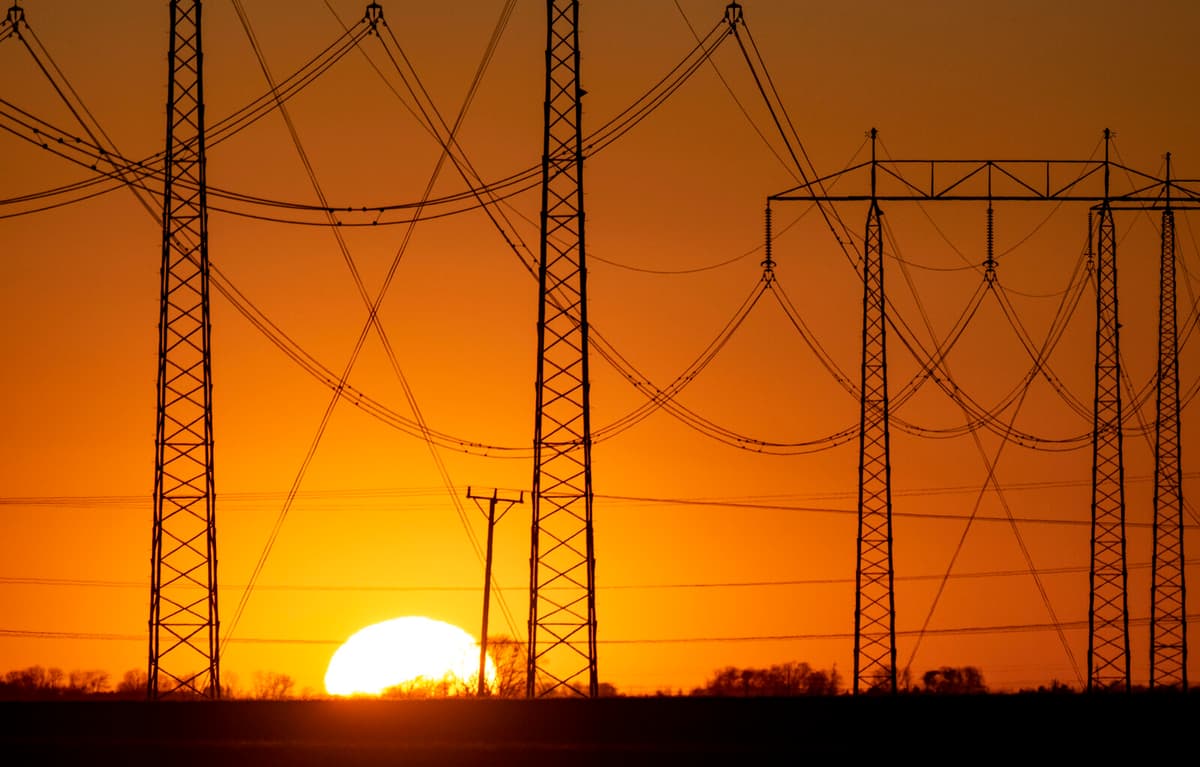Several analysts have pointed to good conditions for low electricity prices this summer, yes, the rest of the year. A lot of new electricity production has been added, the levels in the water reservoirs are higher than usual, and there is a lower "infection risk" from high electricity prices on the continent.
But.
Since then, the large reactor at the Oskarshamn nuclear power plant (O3) has encountered problems. It will be shut down throughout the summer. And when other reactors are taken out of operation for planned summer revisions, it will, if not a shortage of electricity, then at least a worse situation with electricity production in southern Sweden. This increases the risk of high electricity prices in southern Sweden, similar to how it looked a few summers ago.
"Messing it up"
With the summer come the usual challenges with many outages in the grid. But we don't see a major threat to the electricity supply if everything goes as expected. What's messing it up is that O3 has extended its revision, says Pontus de Maré.
In addition to extra weather-dependent, fluctuating electricity production worsens the electricity transmission. When it's hot, the capacity is also reduced in the cables. This will, just like in the current situation, result in extremely volatile prices over the day, at least in southern Sweden. This means more frequent minus prices in the middle of the day when the sun provides a lot of electricity, to very high prices in the mornings and evenings.
Disconnecting
One reason is that many power producers disappear from the market when prices are too low, and they often find it not profitable to connect to short evening peaks, which often causes prices to surge.
This creates major challenges for Svenska kraftnät to balance the system over the day. The problem is often that too much electricity is produced. And if the market doesn't automatically through trade with downward regulation manage to reduce production, one thing remains:
Then it's about disconnecting production. We don't want to, but it's the last step, says de Maré.
Olle Lindström/TT
Facts: Large price differences
TT
(TT)
An example illustrates the large price differences during a single day. On Monday, the electricity costs in electricity area 4 (southern Götaland) as low as minus one öre between 1 pm and 2 pm, and as high as 1.80 kronor/kWh between 8 pm and 9 pm.
The average price over the day lands at 67 öre/kWh.
The price differences over the day are significantly smaller in other electricity areas.
In electricity area 3 (northern Götaland and Svealand) the average price on Monday is 25 öre/kWh, fluctuating over the day between minus 1 to plus 57 öre.
In electricity areas 1 and 2 (all of Norrland) the average price is between 0.2 and 0.4 öre, as high as 4 öre. The prices refer to the spot price on the electricity exchange Nord Pool. On top of the exchange price, taxes and electricity grid fees of over one krona per kWh are added.
Source: Nord Pool





